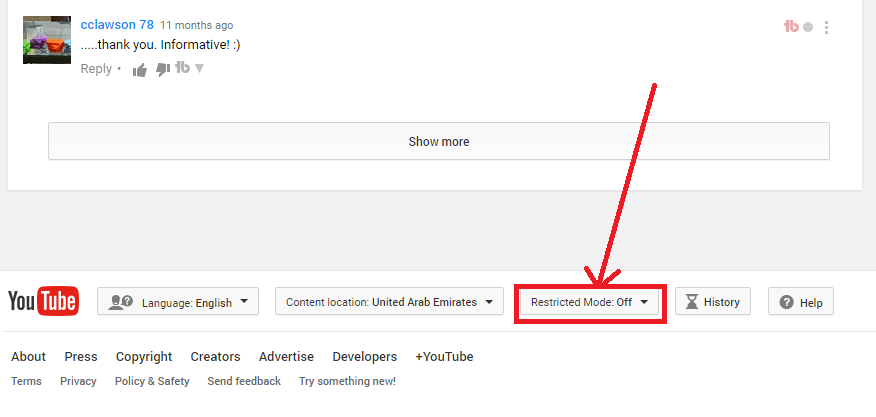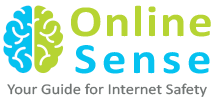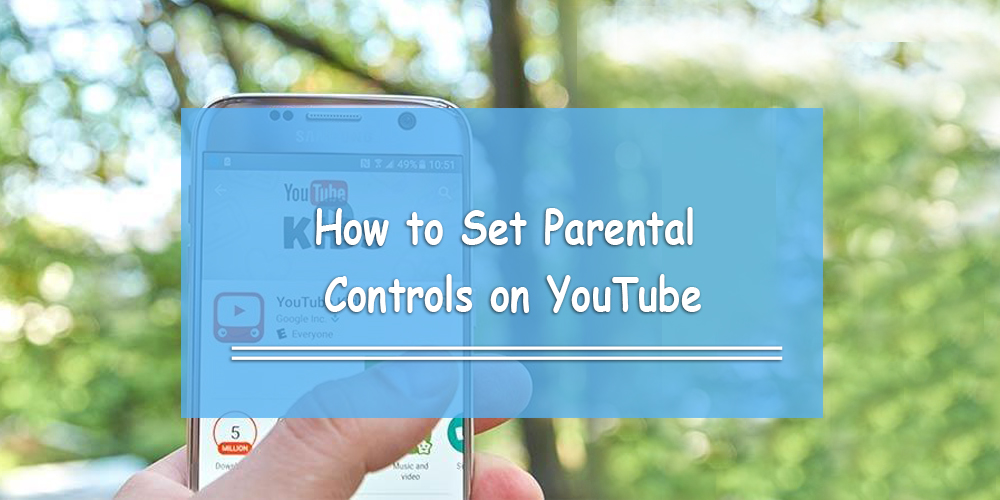Have you heard of YouTube Parental Controls?
If you are a parent and you know your child uses YouTube in his/her spare time, YouTube’s Parental Controls help you monitor what your child can watch on YouTube.
It has a ‘Restricted Mode,’ which (according to YouTube), “hides videos that may contain inappropriate content flagged by users and other signals.” They continue by saying, “No filter is 100% accurate, but it should help you avoid most inappropriate content.”
If the community sees something that’s inappropriate, they can ‘flag’ it, which means they can label it as such or they can report it.
How Does the YouTube Parental Controls Tool Work?
Here’s how it works step by step:
1. Log into your channel or browser that your children are going to be watching YouTube on.
2. Scroll all the way down to the bottom of the screen; you’ll see a button called ‘Restricted Mode;’ it is turned off by default.

3. Click on it. It will give you a message explaining what ‘Restricted Mode’ is.
4. Turn on the ‘Restricted Mode.’ You will then receive another short message giving you the opportunity to lock the restricted mode on the browser. (If you click on the blue hyperlink, “Lock Restricted Mode on this browser,” it will basically prevent others from changing the settings on the browser.

5. Save the changes.
A Quick Note on Restricted Mode
Regarding Step 4, locking ‘Restricted Mode’ is actually quite useful for public spaces like Internet cafés. It’s also helpful for schools, libraries and other institutions where it’s safer to restrict inappropriate content.
If you are using a public computer and can’t disable ‘Restricted Mode,’ contact your system administrator.
For more information about YouTube’s Parental Control, click here.
Remember: Not All Appropriate Content Is Appropriate in the GCC
One issue we currently face here in the GCC is that YouTube is run by United States standards. Because the GCC’s (United Arab Emirates, Saudi Arabia, etc.) and the United States’ cultures are different, inappropriate content on YouTube will probably stay on the site, unfortunately.
So it’s very important for you to have conversations with your child about what content is appropriate to watch on social media, particular on huge sites like YouTube where it’s really difficult to moderate content.


